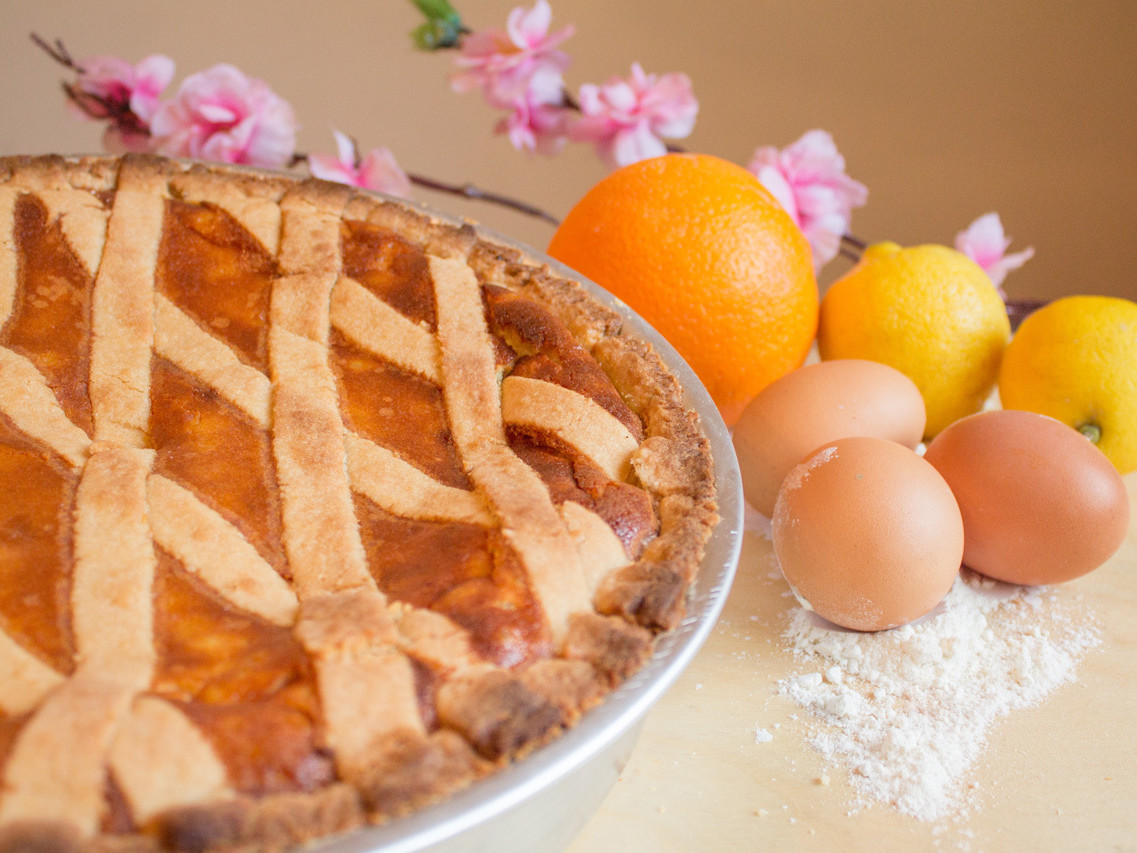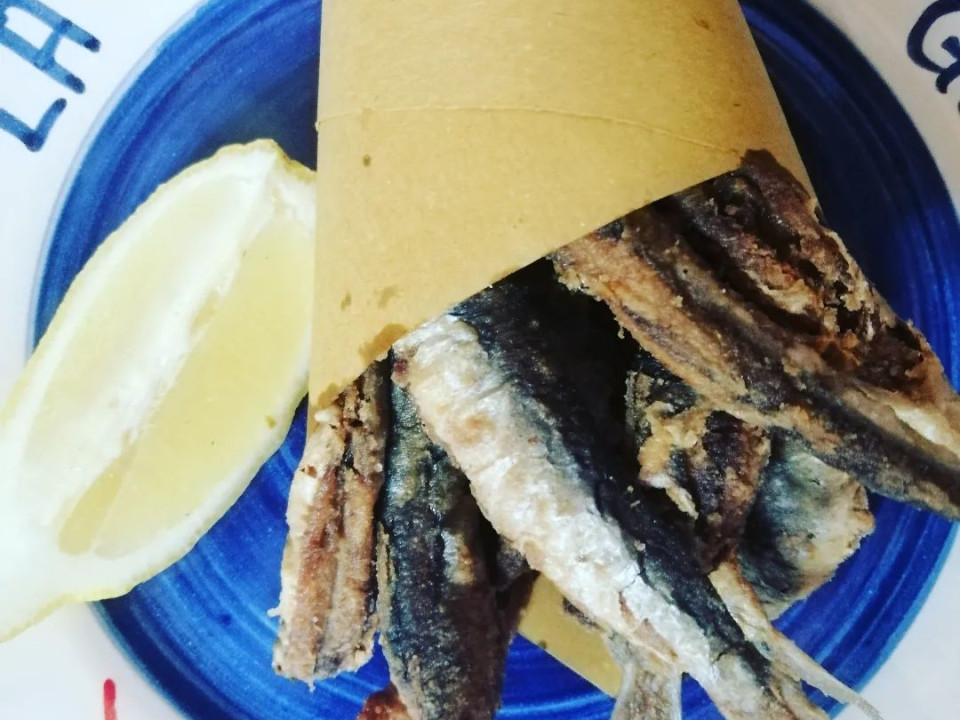THE ZEPPOLA DI SAN GIUSEPPE: THE DELICIOUS SWEET TO CELEBRATE FATHER’S DAY!
The zeppola di San Giuseppe is a sweet made of a mixture of soft choux pastry doughnuts, that can be fried or baked, filled with delicious pastry cream. It is the perfect choice to celebrate dads! The delightful zeppola di San Giuseppe, (Saint Joseph’s doughnut) is typically baked on March 19 to celebrate both the saint named after it and Father's Day. Even if it is part of the Campania’s bakery tradition, this delicacy has rapidly spread to the rest of the Italian peninsula, becoming the symbol par excellence of these holidays.
by Barbara Iovine
The zeppola is so good that it is not surprising to see it in the display cases of all Neapolitan pastry shops, even during the rest of the year: it is really hard to resist its exquisite combination of the neutral taste of the puff pastry combined with the thick, sweet and scented custard. Not to mention the particular sour notes given by the sour cherry in syrup: an astounding touch of class. The zeppola di San Giuseppe par excellence is fried, but there is also a baked version of it: in both cases, I assure you that this dessert is truly irresistible!
share this article
The Zeppola di San Giuseppe
How was the zeppola di San Giuseppe born?
It is believed that fried doughnuts were typically cooked on the occasion of the Liberalia, the rite of passage of children to adulthood, celebrated by the Romans on March 17. During this occasion, it was usual for people to pay homage to the mythological figures of Bacchus and Silenus, consuming rivers of wine and ambrosia and eating doughnuts cooked in lard. Even if further in time this anniversary was abolished, another celebration was instituted just two days after the ancient Roman rite: Father's Day. For this reason, the fried zeppola consequently became the official dessert of the new festivity.
It is interesting to know that the first official recipe of the zeppola di San Giuseppe appears written in Neapolitan language in a treatise by the well-known gastronome Ippolito Cavalcanti. Also, in the past, it was customary for fryers of the area to set up banquets on March 19 and sell the famous zeppole to passers-by, as a sign of devotion to St. Joseph.
But now let's see the recipe for this delicacy.
Ingredients for the zeppole
- water 250 ml
- eggs 4/5 (depending on the size)
- flour 250 gr
- butter 125 gr
Ingredients for the pastry cream
- egg yolks 3
- cornstarch 3 tablespoons
- lemon peel
- sugar 3 tablespoons
- milk 1/2 liter
Decoration
- sour cherries in syrup
- powdered sugar
Procedure for the pastry cream
To prepare the pastry cream, put the 3 egg yolks in a pan, add the sugar and mix with a whisk. Then add the cornstarch and, while stirring constantly, add the milk, and the lemon. Now, place the pan on the stove and mix with a whisk until the cream thickens, and after put the cream in a bowl to let it cool.
Procedure for the choux pastry
Pour the water into a saucepan, add the butter cut into small pieces, and bring to boil. Then remove the pan from the heat and add the sifted flour, all at once, stirring quickly with a ladle. At this point, put the pan back on the heat to mix all the ingredients, until you get a homogeneous mixture that will detach from the edges of the pan. Turn off the heat again and let it cool before adding the eggs, one at a time. Finally, transfer the dough into a pastry bag and make your donuts directly on squares of parchment paper, creating a circle of about 5 cm in diameter and spiraling up leaving a hole in the center.
At this point, put a high-sided pan on the stove where you have poured the oil and wait for it to be hot - the ideal temperature is around 330 °F (ca. 160-170 °C) -. Once it is ready, immerse the zeppola placed on parchment paper in the oil, using tongs to remove the paper, turn the zeppola several times to ensure a uniform browning, and in the end drain with a slotted spoon before placing on absorbent paper. When cold, you can decorate with the pastry cream and a sour cherry in syrup, then sprinkle with powdered sugar before serving.
For those wishing to experiment with a lighter version of this delicacy, it is possible to cook the donuts in a ventilated oven at a temperature of 390 °F (ca. 200 °C) for 15 minutes and then lower to 375 °F (ca. 190 °C) for 10 minutes.
- Probably, even if it is not certain, the word "zeppola" derives from the Latin "serpula (m)" that is similar to "snake", which indicates their rounded shape on itself, just like the animal. Another hypothesis is that the word derives from the name of the Neapolitan fryer, who was another presumed inventor of the dessert, "zì Paolo" (uncle Paul in dialect) turned over the time into "zeppola".
- Some believe that the zeppola was invented by Paolo Pintauro, already the creator of another traditional delicacy, the beloved sfogliatella riccia.
- Although the first recipe of the zeppola dates back to 1837, the dessert had already existed for centuries, and even in 1400 it seems to have been one of the "privileges" of the Viceroy of Naples, Juan II de Ribagorza.
fun facts
share this article












